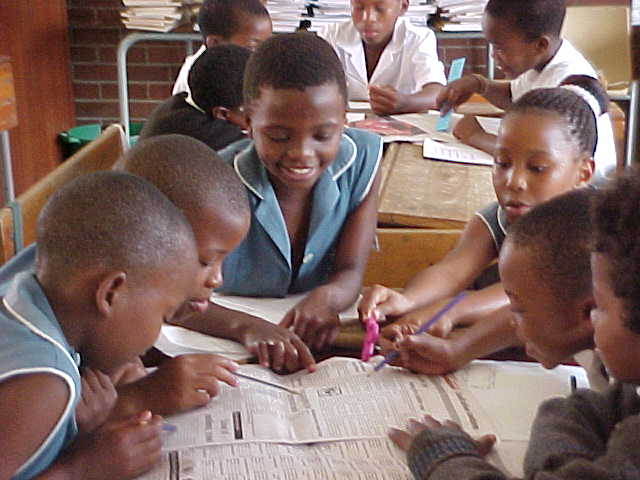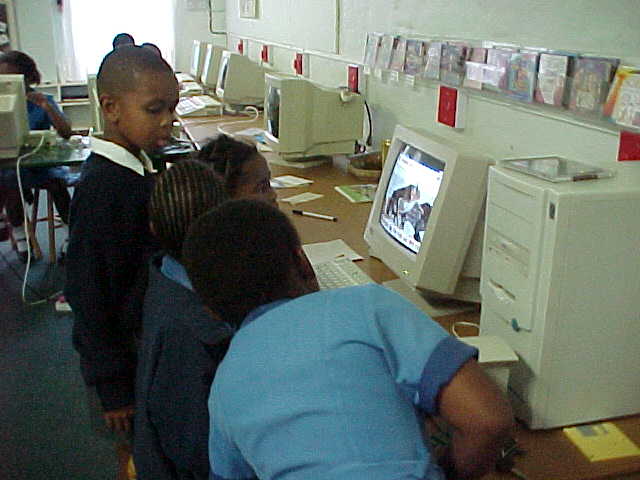| Co-operative learning |


Cooperative learning refers to a teaching strategy whereby learners work in small groups to help each other to learn. The role of the teacher shifts from a person who presents information to a person who facilitates learning in an environment that encourages learners to take responsibility for their own learning. key elements of co-operative learning include the following:
Here are some examples of activities which learners can do by co-operating in groups:
In order for cooperative learning to work well the educator must plan well, just as you would for a conventional lesson in which you would present all the information yourself. You must be sure of the content that you want the learners to learn, the outcomes you want to achieve and the skills that learners are going to develop. Assessment should be structured around these outcomes so that before the lesson starts learners know what they will be assessed on. These could include:
If you would like to read teachers' reflections
on the size of the groups and the roles that they assign when using
co-operative learning, then this link to a Website for teachers'
in the USA .
|